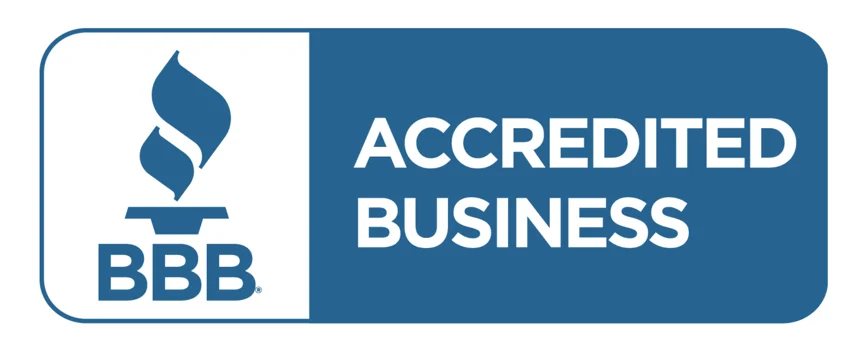Your garage door is the largest, heaviest moving object in your home. But is it safe?
According to the U.S. Consumer Product Safety Commission, garage doors cause over 20,000 injuries annually… and most of them stem from DIY repairs, making them accidents that could be easily avoided. Still, most homeowners only think about their garage door when something goes wrong. Understanding and maintaining garage door safety features is essential, not just for the door’s longevity, but for your family’s well-being.
In this article, we’ll walk you through some of the must-know safety features, how to maintain them, and how to spot when something’s off, so you can call in the pros when you need them.
Understanding the Problem: Safety Overlooked
Despite their daily use, garage doors are often neglected during annual home safety checklists. Unlike alarms or smoke detectors, their safety features work quietly behind the scenes… right up until they don’t. When a garage door malfunctions, it can slam shut unexpectedly, trap objects or people, or stay stuck open, leaving your home vulnerable to break-ins.
Garage door safety should never be an afterthought. They’re constantly moving under tension and stress. Without regular checks or understanding of their built-in protective features, it’s only a matter of time until something, somewhere, goes wrong.
The Real Risks of Ignoring Safety
Let’s put this into perspective:
- A falling garage door can exert hundreds of pounds of force.
- Faulty sensors can fail to detect a child or pet.
- Broken springs can snap violently, causing property damage or injury.
And yet, many homeowners never test their safety features or follow a proper garage door maintenance schedule. Over time, wear and tear make the door more likely to fail—and less likely to protect your loved ones.
Know the Safety Features & Keep Them Sharp
The Garage Door Safety Features You Should Know
Let’s break down the core safety features built into modern garage doors and openers, and what each one does.
1. Auto-Reverse Mechanism
- Automatically reverses the door if it detects an object in its path.
- Test monthly by placing a 2×4 or a roll of paper towels under the door.
2. Photo-Eye Sensors
- Small sensors near the floor on both sides of the door.
- Beam interruption signals the door to stop and reverse.
- Keep lenses clean and aligned for optimal performance.
3. Manual Release Cord
- Typically, a red handle that hangs from the opener track.
- Allows manual operation in case of power outages or emergencies.
- If testing, make sure the door is closed first. Releasing the door while open can cause permanent damage.
4. Rolling Code Technology
- Prevents code theft by changing the access code after every use.
- Offers greater protection against break-ins.
- Not all doors have this, and it is more common on commercial garage doors. However, this tech is great for extra protection.
5. Pinch-Resistant Panels & Tamper-Resistant Brackets
- Designed to prevent injuries during manual operation.
- Especially useful in households with children.
Keep Safety Features Working Properly
Maintaining these features doesn’t require professional training. It just takes a bit of extra attention and consistency. Here’s what you can do:
- Test auto-reverse monthly
- Clean and align photo sensors
- Listen for unusual noises
- Lubricate moving parts every 6 months
- Check spring tension and cables for wear
- Inspect safety labels and user warnings
Regular maintenance doesn’t just protect you; it extends the life of your door and prevents expensive emergency repairs. It also ensures all garage door safety features continue working as intended.
When Do You Need a Repair or Replacement?
It’s time to call a pro if:
- Your door hesitates, squeaks, or jerks while moving
- The photo-eyes are unresponsive even when clean
- The door reverses unexpectedly or fails to reverse at all
- The door acts unusually heavy (the mechanism is struggling to open) or won’t stay open
Never attempt to adjust springs or cables yourself!
These components are under extreme tension and can be dangerous without proper tools and training.
Safety Starts with Awareness
Make garage door safety part of your routine. Know the features, test them regularly, and don’t hesitate to call in professionals if something seems off. Your garage door should be strong and silent, not shaky and loud.
KJ Doors has helped homeowners across the region stay safe and secure with professional garage door maintenance, safety inspections, and repairs.
Call us today for your safety inspection or maintenance check.


